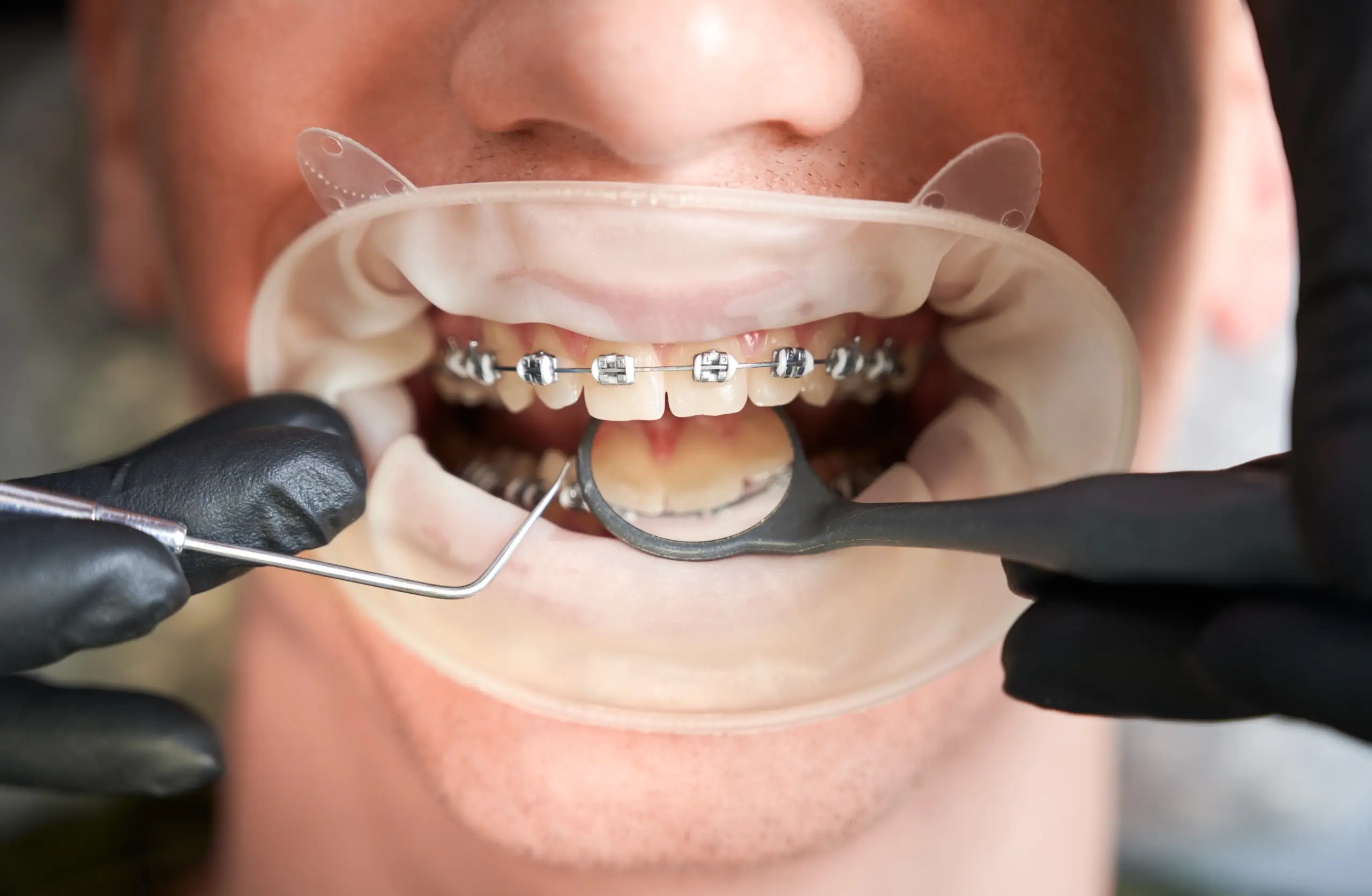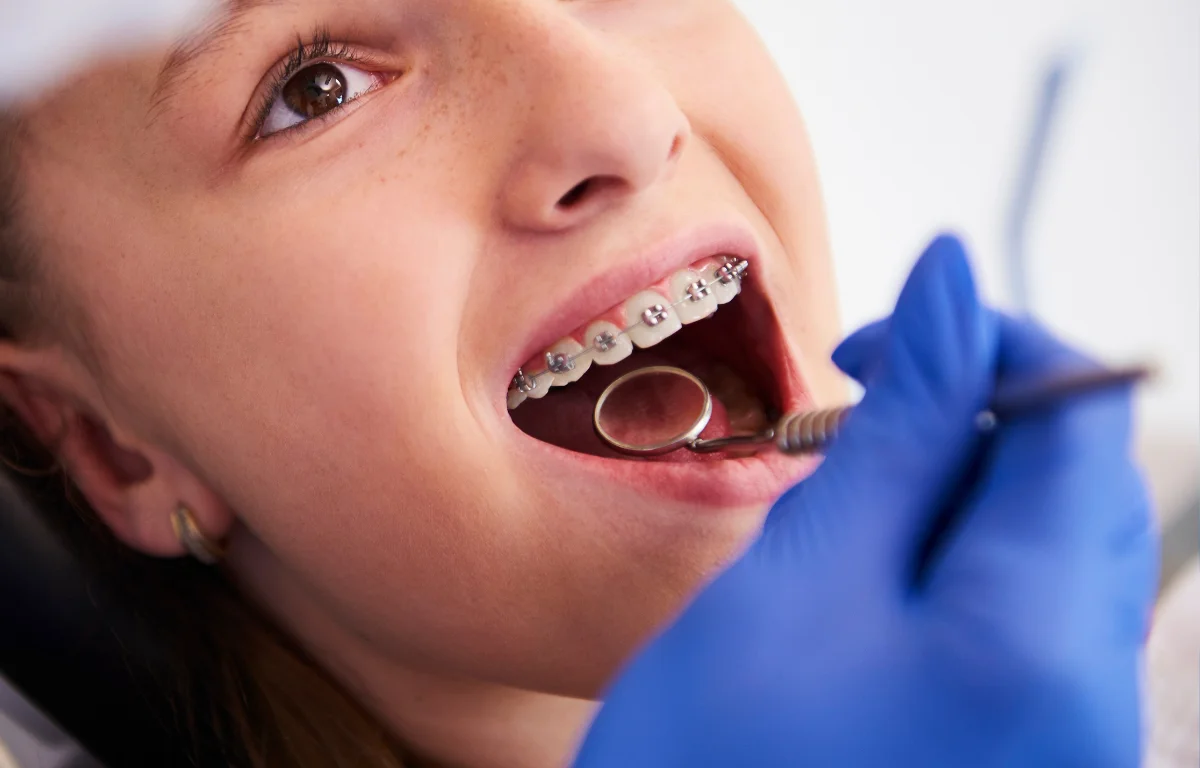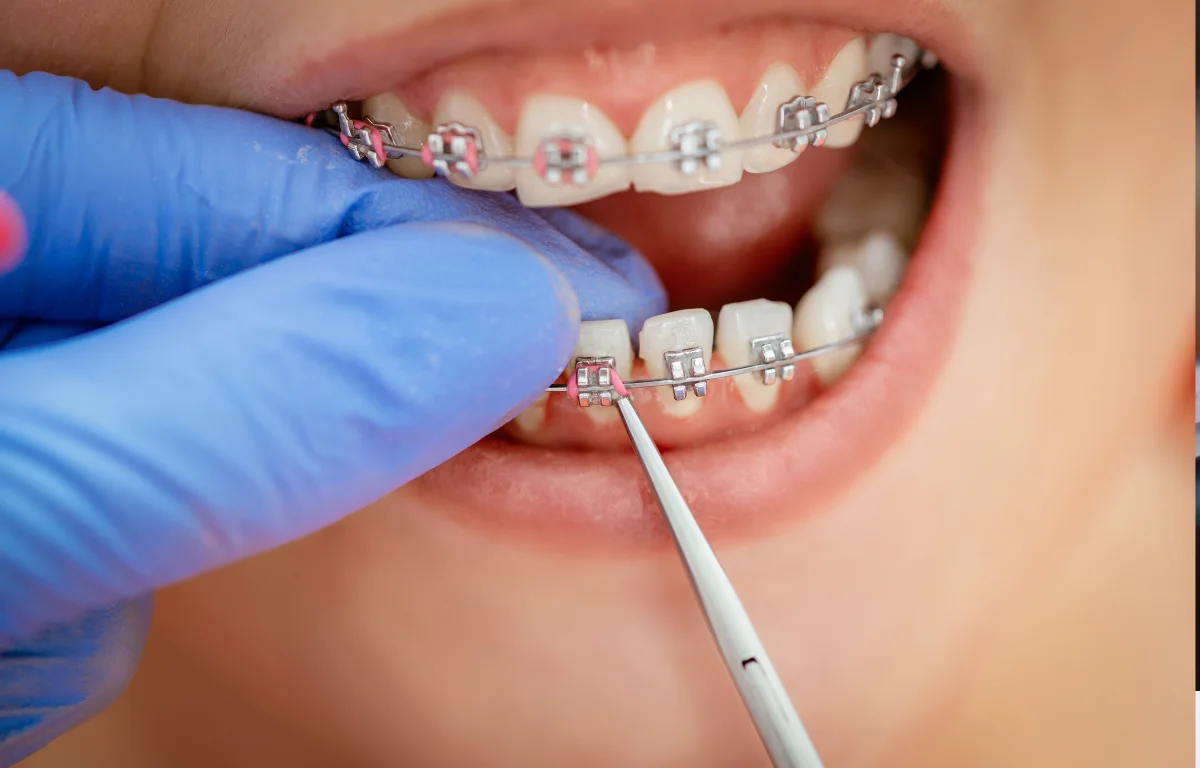For many, the desire for a straighter smile is strong, but the thought of traditional braces can be daunting. Thankfully, modern orthodontics offers a variety of alternatives to achieve that perfect alignment without the need for metal brackets and wires. Let’s explore these different paths towards a confident grin.
Clear Aligners: The Invisible Way to Straighten Teeth
Imagine a world where you can straighten your teeth discreetly, without anyone even noticing. This is the promise of clear aligners, a revolutionary approach to orthodontics. These virtually invisible trays are custom-made from clear plastic to fit snugly over your teeth, gently guiding them into the desired position over time.
So, how do these subtle wonders work? Each aligner in the series is designed to move your teeth incrementally. You’ll wear each set for about two weeks, gradually progressing through the series until your teeth reach their final alignment. Popular brands like Invisalign, Byte, and SmileDirectClub offer variations of this technology, each with its own unique features and pricing structures.
For example, Invisalign is often the choice for complex cases, with its comprehensive system and close monitoring by orthodontists. Byte, on the other hand, focuses on speed and convenience, using high-frequency vibration technology to accelerate treatment. SmileDirectClub offers a more affordable, direct-to-consumer approach, though it may be more suitable for less severe cases.
Pros:
- Aesthetics: The near invisibility of clear aligners makes them a popular choice for those seeking a discreet treatment option.
- Removability: Unlike fixed braces, you can remove clear aligners for eating, drinking, and cleaning, offering greater convenience and flexibility.
- Comfort: Generally, aligners are more comfortable than traditional braces, with fewer issues of irritation or mouth sores.
Cons:
- Discipline: Consistent wear for at least 22 hours a day is crucial for successful treatment.
- Attachments: Some cases may require small, tooth-coloured attachments to be bonded to your teeth for more complex movements, which can be slightly more noticeable.
- Cost: Clear aligners can be more expensive than traditional braces, depending on the complexity of the case and the brand chosen.
Choosing the right clear aligner system depends on your individual needs and preferences. Factors to consider include the complexity of your orthodontic issues, budget, lifestyle, and the level of in-person supervision you prefer. Consulting with an orthodontist is crucial to determine if clear aligners are the right solution for you.
Orthodontic Appliances for Straighter Teeth
While clear aligners have taken the orthodontic world by storm, they are not the only alternative to braces. Other appliances can effectively address specific orthodontic issues and help achieve a straighter smile.
Retainers: Maintaining Your Newly Straightened Smile
Once your teeth have been straightened with braces or aligners, retainers play a vital role in preserving your new smile. These custom-made appliances, usually made of wire or clear plastic, are designed to hold your teeth in their correct positions. Think of them as the guardians of your orthodontic investment, preventing teeth from shifting back towards their original positions.
There are two main types of retainers: fixed retainers, which are bonded to the back of your teeth, and removable retainers, which can be taken out for eating and cleaning. Your orthodontist will recommend the best type of retainer for your needs and lifestyle.
Other Orthodontic Appliances:
- Herbst Appliance: This appliance helps correct overbites by encouraging lower jaw growth. Imagine it like a gentle nudge, guiding the lower jaw forward to create a more balanced bite.
- Palatal Expander: Used to widen the upper jaw, creating more space for teeth. This is particularly useful for children and adolescents whose jaws are still developing.
- Headgear: Though less common today, headgear can be used to correct severe bite issues by applying gentle pressure to the jaws and teeth.
These appliances, often used along with braces or aligners, address specific orthodontic problems that may not be effectively treated with aligners alone.
The Importance of Professional Guidance in Teeth Straightening
While the internet is awash with DIY teeth straightening methods and mail-order aligner companies, it’s crucial to remember that orthodontics is a complex field requiring professional expertise.
The Risks of DIY:
Attempting to straighten your teeth without professional guidance can lead to serious consequences, including:
- Root damage: Incorrect application of force can damage the roots of your teeth, potentially leading to pain, infection, and even tooth loss. This is like trying to move a tree without considering its roots – you could cause irreparable harm.
- Gum recession: Improperly fitted appliances can irritate gums, leading to recession, which can expose the roots of your teeth and increase the risk of sensitivity and decay.
- Bite problems: Uncontrolled tooth movement can create or worsen bite issues, leading to difficulties with chewing, speaking, and jaw joint function.
- Tooth loss: In severe cases, DIY methods can even lead to tooth loss due to damage to the teeth and supporting structures.
The Value of an Orthodontic Consultation:
A qualified orthodontist will conduct a thorough examination, taking X-rays and impressions to assess your individual needs. They will then create a personalised treatment plan, considering your specific orthodontic issues, lifestyle, and budget.
An orthodontist can:
- Accurately diagnose your orthodontic problems.
- Recommend the most suitable treatment option.
- Monitor your progress and adjust as needed.
- Ensure safe and effective treatment.
- Provide long-term retention planning.
Investing in professional orthodontic care is an investment in your long-term oral health and overall well-being.
Lifestyle Factors and Home Remedies: Can They Straighten Teeth?
While orthodontic appliances are the primary tools for teeth straightening, certain lifestyle factors and home remedies are often touted for their potential impact on tooth alignment. Let’s separate fact from fiction.
Tongue Posture and Swallowing Patterns:
How you position your tongue and swallow can influence the alignment of your teeth over time. Habitually resting your tongue against your front teeth can exert pressure, potentially causing them to shift forward. Similarly, incorrect swallowing patterns, where the tongue pushes against the teeth, can also contribute to misalignment. While these factors might not drastically straighten teeth on their own, they can play a supporting role in maintaining alignment achieved through orthodontic treatment.
To improve tongue posture, try to rest your tongue on the roof of your mouth, with the tip just behind your front teeth.
Facial Exercises:
Some advocates say facial exercises can improve jaw alignment and tooth positioning. While limited scientific evidence supports these claims, certain exercises might strengthen facial muscles and enhance oral posture. However, it’s crucial to approach these exercises cautiously and consult an orthodontist or qualified professional for guidance.
Debunking Myths:
- Oil pulling: This ancient practice involves swishing oil around in your mouth, often claimed to improve oral health and even straighten teeth. However, there is no scientific evidence to support these claims for teeth straightening. While it may have some benefits for gum health, it’s not a substitute for professional orthodontic treatment.
- Chewing gum: While chewing gum can strengthen jaw muscles, it won’t magically straighten your teeth.
Remember, while lifestyle factors and home remedies might play a minor role in overall oral health and tooth positioning, they are not substitutes for professional orthodontic treatment.
Achieving a Confident Smile
The journey to a straighter smile is a personal one, and the options available today cater to a variety of needs and preferences. Whether you choose clear aligners, other orthodontic appliances, or a combination of approaches, remember that professional guidance is key to achieving safe and effective results.
By seeking the expertise of a qualified orthodontist, you can embark on your teeth straightening journey with confidence, knowing that you are in capable hands. With the right treatment and commitment, you can achieve the smile you’ve always dreamed of, unlocking a new level of self-assurance and well-being.




